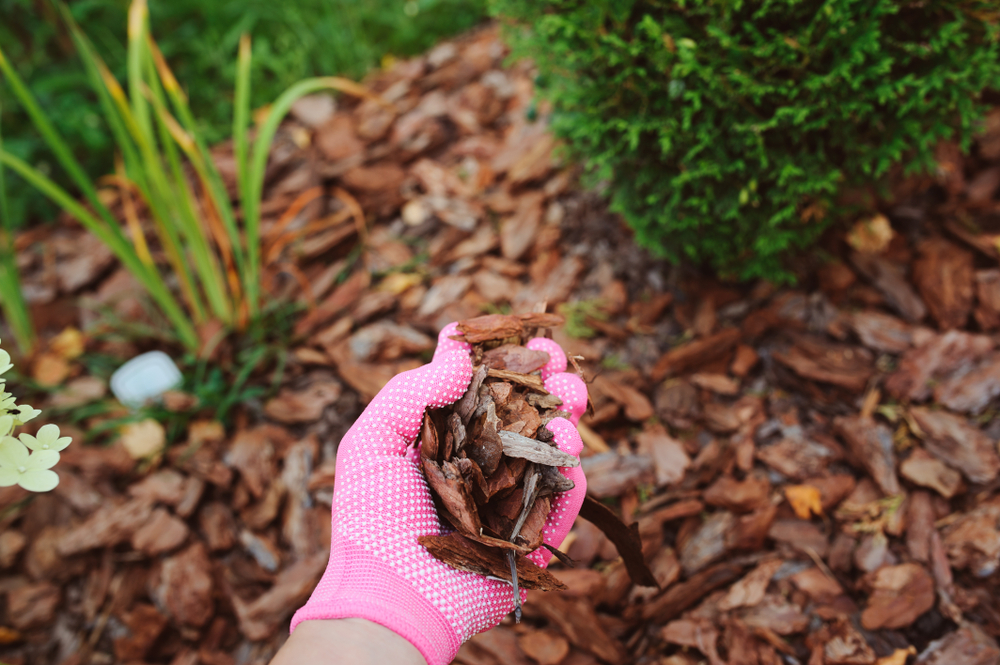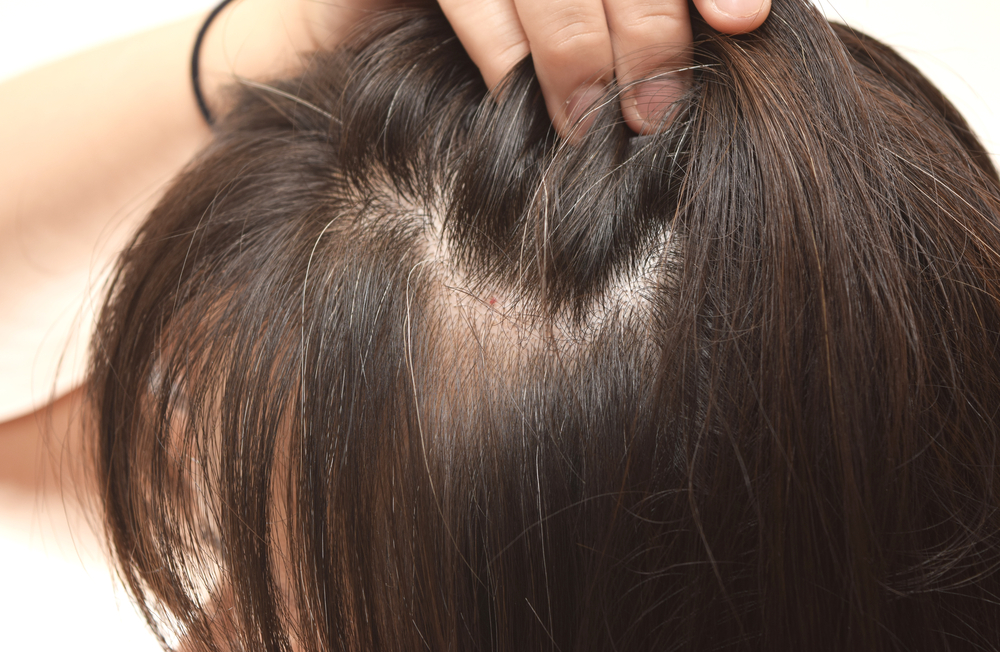Contents:
- Treatment for anal fistula
- Choice of surgery to treat anal fistulas
- 1. Fistulotomy
- 2. Seton technique
- 3. Advanced flap procedure
- 4. Bioprostetic plug
- 5. LIFT Procedure
- Treatment for anal fistulas without surgery
Anal fistulas, also known as anal fistulas, are small ducts formed between the tip of the large intestine and the skin around the anus. Fistula holes can be seen from the surface of the skin and from this hole can come out of pus or feces when defecating.
Most fistulas are the result of infection of the anal gland which causes small lumps of pus (abscess). This abscess then swells and makes the abscess difficult to get out of the anal gland. The result is inflammation that extends to the perineum (the area of the skin around the anus), anus, or entirely, and then becomes a fistula.
This condition is usually treated with an operating procedure. There are several surgical options available to you.
Treatment for anal fistula
The choice of surgery depends on the position of the fistula, the depth and extent of the fistula channel, and whether it is a single channel or branch in a different direction.
The surgeon will provide the best surgical choice for you. Anal fistula surgery is generally performed on outpatients. However, if the fistula is very large or deep, you may need to stay a few days in the hospital.
Surgery is performed to cure the fistula and avoid damage to the sphincter muscles, the ring of muscles that open and close the anus, which has the potential to result in loss of control of the large intestine.
Choice of surgery to treat anal fistulas
1. Fistulotomy
Fistulotomy is the most common type of surgery performed to treat anal fistulas. This operation is usually performed under general anesthesia and then opens the fistula channel through the opening in the anal opening to the outer opening and produces a groove that will heal from the inside out.
Fistulotomy is an effective treatment for most cases of anal fistula. Although this procedure is usually only suitable for fistulas that do not pass through many sphincter muscles, it reduces the risk urine incontinence.
Fistulotomy is a long-term treatment with a high success rate, around 92-97%. However, if the risk of incontinence is high enough, the doctor will usually provide other surgical options.
2. Seton technique
If your fistula passes through most of the anal sphincter muscle, your doctor may offer to insert a set.
Seton is a surgical thread left in the fistula for several weeks to keep it open. This is useful for drying the fistula, helping to heal, and preventing the need to cut the sphincter muscles.
Loose seton allows the fistula to flow, but does not cure it. To cure a fistula, a more stringent set can be used to gently cut the fistula.
3. Advanced flap procedure
Advanced flap procedures can be performed if the fistula passes through the anal sphincter muscle and undergoes a fistulotomy that is at high risk of causing incontinence. This procedure is done by cutting the fistula and covering the point of origin of the fistula with healthy tissue.
This procedure has a lower success rate than fistulotomy, but can avoid cutting the sphincter muscle. An anal fistula may reappear after performing this procedure.
People with certain conditions such as having Crohn's disease, tissues that have been irradiated, have had previous treatment, and smoking increases the chance of failure. In addition, although the sphincter muscle is not cut in this procedure, mild to moderate incontinence can still occur.
4. Bioprostetic plug
Another option in cases where fistulotomy is at risk causes incontinence is the insertion of a bioprosthetic plug (plug). This is a cone-shaped plug made of animal tissue that is used to block the opening of the internal fistula.
This procedure also does not require cutting the sphincter muscle. However, this procedure has a relatively low success rate, around less than 50%.
5. LIFT Procedure
Ligation intersphincteric fistula tract (LIFT) is a relatively new procedure for treating anal fistulas.
This procedure is designed as a treatment for fistulas that pass through the anal sphincter muscle, where fistulotomy is too risky.
During treatment, cuts are made in the skin above the fistula and separate sphincter muscles. The fistula is then sealed at both ends and cut open so that it is flat.
So far, this procedure has several promising results, but further research is still needed to determine how well it works in the short and long term.
Treatment for anal fistulas without surgery
Fibrin glue is the only treatment option without surgery for anal fistulas, to date.
This procedure is done by the surgeon by injecting special glue into the fistula after you have been sedated. This glue will help close the fistula.
Compared to fistulotomy, this procedure is less effective for fistulas and the results do not last long. However, fibrin glue may be the right choice for a fistula that passes through the anal sphincter muscle because it does not need to be cut.
For more detailed information about which procedures are most suitable for you, please consult with your doctor directly. Because the condition of each person is different.












